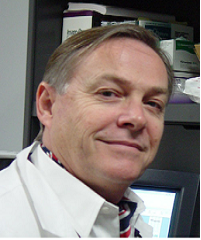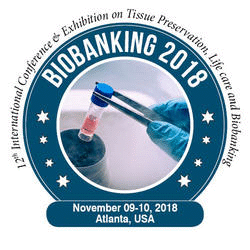
Kelvin Brockbank
Clemson University and Tissue Testing Technologies LLC, USA
Title: Ice-free cryopreservation of natural and bioengineered tissues
Biography
Biography: Kelvin Brockbank
Abstract
Effective improved tissue banking methods for natural and engineered tissues, complex vascularized allotransplants and organs are desperately needed for transplantation. Banking of living cellular tissues using current tissue banking practices employing conventional cryopreservation by freezing is not feasible due to the well-documented damage caused by ice formation. An alternative ice-free cryopreservation approach is vitrification. Formation of ice is prevented by the presence of high concentrations of cryoprotectants with preservation of extracellular matrix components and optional preservation of cells. Ice-free vitrifi cation works for a variety of natural and engineered tissues, using a formulation consisting of DMSO, formamide and propylene glycol, known as VS55, but have been unsuccessful at sample volumes over a few mLs. The major constraints for scale-up of cryopreservation by ice-free vitrification have been avoidance of ice nucleation during warming and mechanical forces generated by glasses at low temperatures. In this presentation, I will focus on strategies for avoidance of ice nucleation. Our fi rst successful strategy for large tissue samples was an 83% formulation based upon the same cryoprotectants, known as VS83. This formulation can be used to retain viable chondrocytes in large osteochondral graft s or for non-viable cardiovascular graft s with retention of extracellular matrix integrity, depending upon the way in which the formulation is added and removed before and after vitrifi cation. Non-viable cardiovascular graft s with intact matrix have been a major research focus for the last 10 years and both in vitro and in vivo results demonstrated signifi cantly reduced immunogenicity in heart valves, including reduced memory T-cell proliferation and most recently modulation of TGF-β1 from latent to active form among other statistically signifi cant eff ects. We have been successful in scaling up the viable preservation of large tissue samples using either nano warming, inductive heating of iron nanoparticles, or convection warming using improved ice-free vitrification formulations.

